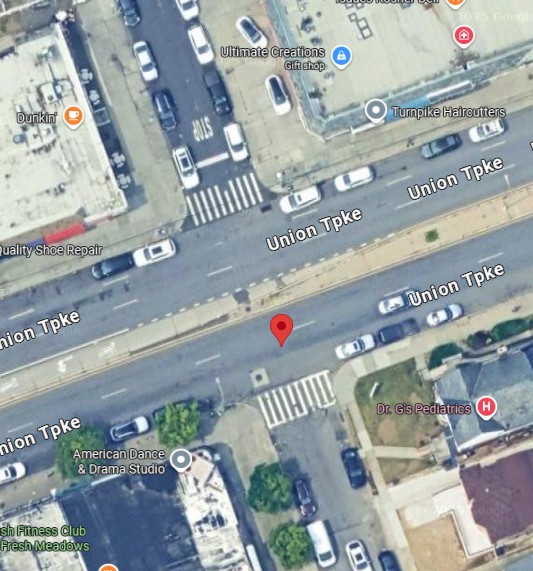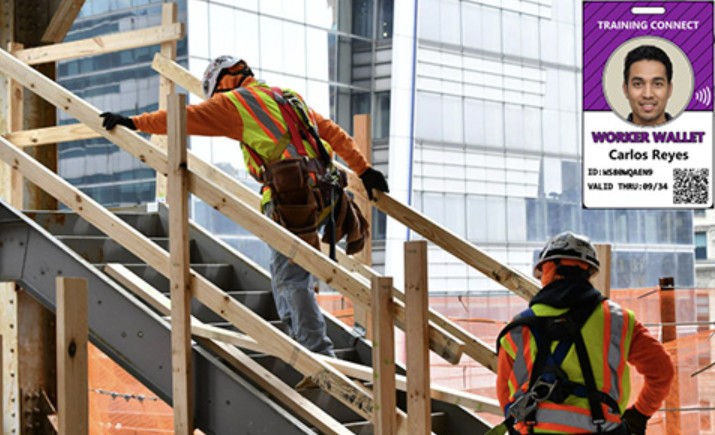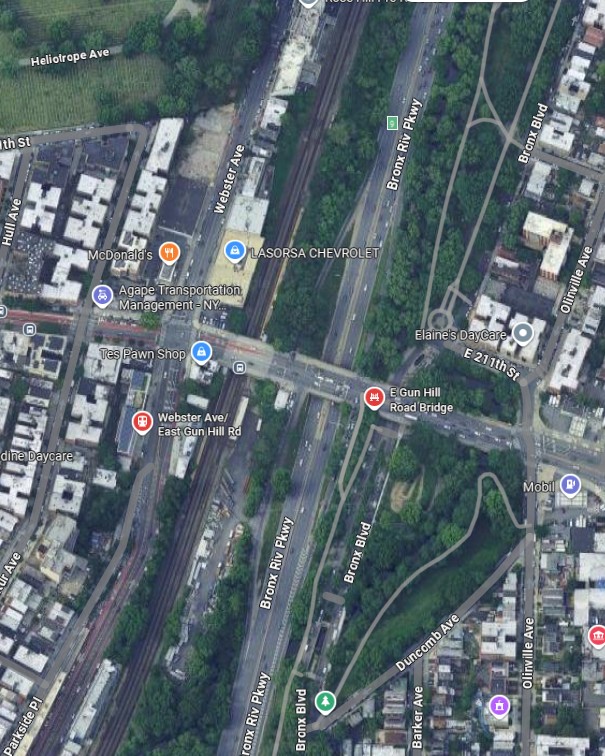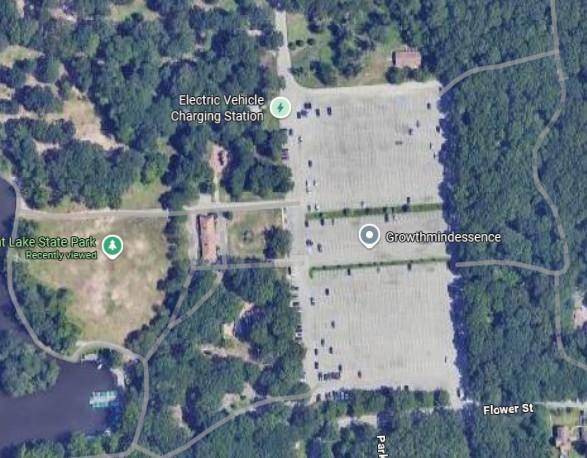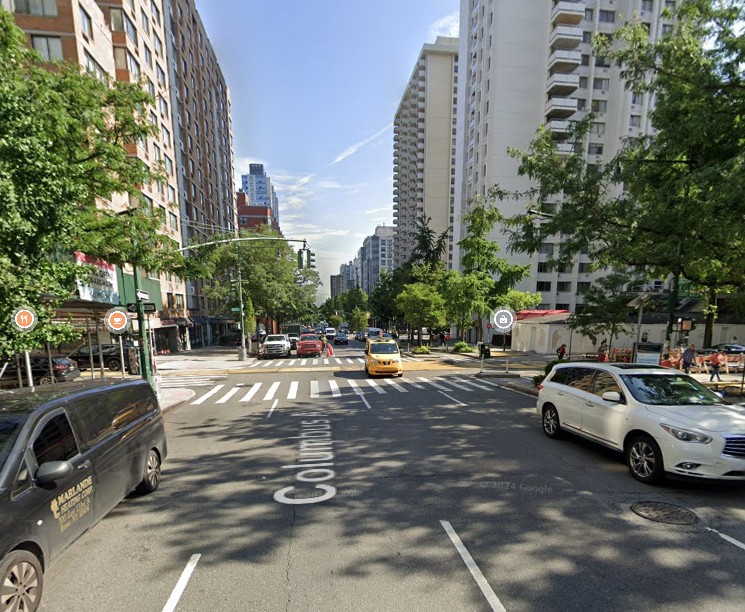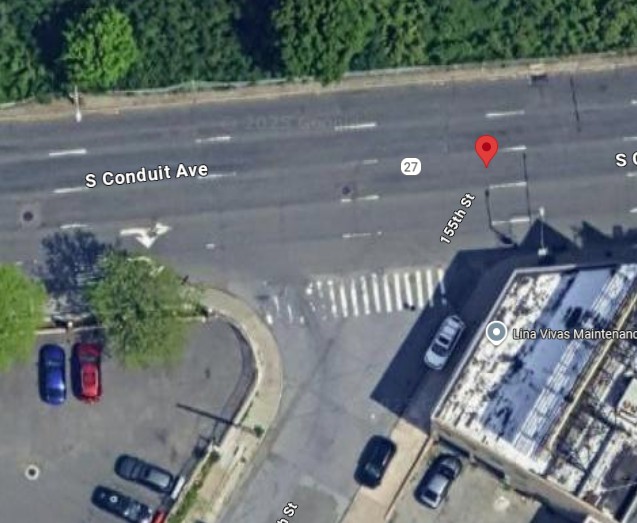 A 52-year-old man tragically lost his life early Wednesday morning after being struck by a hit-and-run driver near JFK Airport. According to police, the victim was crossing 155th Street at South Conduit Boulevard in Springfield Gardens around 2:30 a.m. when a vehicle slammed into him. Medics rushed him to Jamaica Hospital, but he could not be saved. The driver sped away without stopping, and authorities are currently reviewing surveillance footage in hopes of identifying the vehicle. No arrests have been made.
A 52-year-old man tragically lost his life early Wednesday morning after being struck by a hit-and-run driver near JFK Airport. According to police, the victim was crossing 155th Street at South Conduit Boulevard in Springfield Gardens around 2:30 a.m. when a vehicle slammed into him. Medics rushed him to Jamaica Hospital, but he could not be saved. The driver sped away without stopping, and authorities are currently reviewing surveillance footage in hopes of identifying the vehicle. No arrests have been made.
The Growing Problem of Hit-and-Run Accidents in Queens
Hit-and-run crashes leave victims and their families in a devastating position — facing serious injuries or the loss of a loved one, without the immediate ability to hold the at-fault driver accountable. In densely trafficked areas near transportation hubs like JFK Airport, the combination of high speeds, heavy truck traffic, and late-night driving can make pedestrian crossings particularly dangerous.
 New York Personal Injury Attorneys Blog
New York Personal Injury Attorneys Blog


